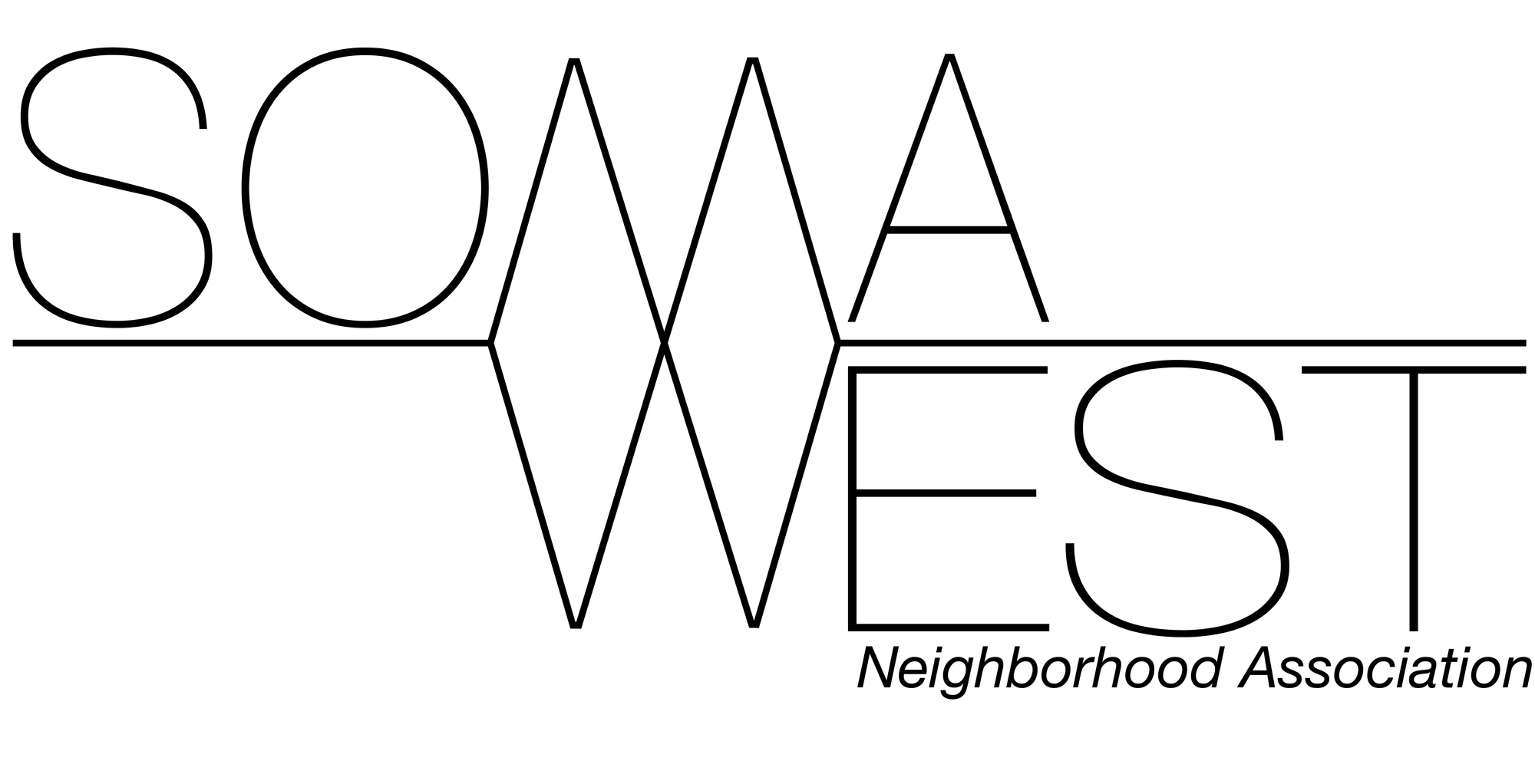News Roundup September 2025

The following news summaries are sourced from articles that have been posted to our various online communities (WhatsApp & Slack) in the past month.
How San Jose is Tackling Homelessness and Why Keeping Promises to Neighbors is Key
San Jose, under Mayor Matt Mahan's leadership, has emerged as a model for addressing homelessness through interim housing rather than permanent supportive housing. The city has dramatically improved its sheltered rate from 16% in 2019 to nearly 40% in 2025, while reducing unsheltered homelessness by 23%. Key to their success is the Via del Oro Interim Supportive Housing Community, built by DignityMoves on land donated by philanthropist John A. Sobrato for $1 per year. The facility provides 135 private rooms with comprehensive services, averaging nine-month stays and achieving a 95% utilization rate.[1]
Critical to San Jose's approach is enforcement and accountability - Mayor Mahan doesn't tolerate drug dealing near facilities and implements "no return zones" where neighborhoods that accept interim housing see immediate area improvements. This contrasts sharply with San Francisco, where similar facilities face ongoing street-level drug activity. The city has added over 1,400 beds this year through multiple sites including hotel conversions and safe parking areas.[1]
SF Homeless Shelter Fentanyl Treatment Program
San Francisco is relocating a 60-unit tiny cabin village from the Mission to 428 11th Street in SoMa to test a new "Recovery Cabins" program. This initiative would require residents struggling with opioid addiction to agree to long-lasting, injectable buprenorphine treatment as a condition for shelter. The program addresses San Francisco's concerning treatment retention rates - only 5% of people prescribed buprenorphine remain on it after six months, compared to 26% for methadone.[2]
The relocation follows the closure of the Mission Cabins site, which cost $113,000 per unit. The new model aligns with the existing "Restore" program at the Adante Hotel, which provides beds for homeless individuals who begin medication-assisted treatment. Public health officials hope the injectable medication will improve compliance by eliminating daily pill-taking requirements.[2]
SF Police Chief Search
San Francisco received 34 applications for its police chief position, but notably interim Chief Paul Yep chose not to apply despite widespread community support. Yep, who has close ties to Mayor Lurie and grew up in Chinatown, was considered a likely candidate but maintained he didn't want the permanent role.[4]
Among confirmed applicants is Steven Ford, a 31-year SFPD veteran who briefly led Antioch Police Department during an FBI investigation and racist texting scandal. Other rumored candidates include deputy chiefs Nicole Jones and Derrick Lew, and commanders Thomas Maguire and Tracy McCray. The city aims to have a new chief in place by year's end, with community meetings continuing through October.[4]
SF's First Sober Homeless Shelter
San Francisco opened Hope House, its first abstinence-based homeless shelter, operated by the Salvation Army under a $8.1 million contract. The 58-bed facility serves single adults seeking a sober environment for up to 90 days, requiring twice-weekly case manager meetings and daily activities. Residents must obtain passes to leave and return by 9 p.m., with random drug screenings enforced.[5]
The shelter represents a shift from San Francisco's traditional housing-first approach, instead requiring sobriety as a prerequisite. Gary Noakes, a resident and recovering fentanyl user, praised the clean, safe environment compared to other shelters where he witnessed drug use and violence. The facility includes both single and double-occupancy rooms, dining areas, and community spaces, opening in phases over three months.[5]
Tenderloin Public Spaces Challenges
San Francisco continues a pattern of creating and then removing public spaces in the Tenderloin neighborhood. Recent examples include the installation and subsequent planned removal of public seating areas that were meant to provide respite in the dense urban environment. This reflects broader challenges in the Tenderloin, where efforts to improve public spaces often face complications from ongoing street-level issues including drug activity and homelessness.[6][5]
The pattern demonstrates the difficulty of maintaining "nice things" in the neighborhood, as officials struggle to balance community needs with public safety and order concerns.[5]
Street Vending Enforcement Powers
California legislators approved the SAFE Streets Act, giving San Francisco police officers authority to enforce street vending regulations. The legislation, backed by Mayor Lurie and Senator Scott Wiener, targets fencing operations selling stolen goods while attempting to protect legitimate vendors.[7][3]
Under the new law, vendors selling commonly stolen items must show permits or proof of purchase to avoid penalties. Food vendors remain exempt even without permits. The bill aims to address the Mission Street vending moratorium that has displaced many Latino vendors since November 2023. Community groups including the Mission Street Vendors Association endorsed the legislation, hoping it will enable a return to legal street vending.[3]
However, enforcement has intensified against unpermitted food vendors, with recent sweeps confiscating equipment from longtime sellers. The city's new Compact Mobile Food Operations (CMFO) permit system requires substantial investments in equipment and commissary fees that many informal vendors cannot afford.[8]
Rachele Sullivan Park Project Halted
The planned Rachele Sullivan Park in SoMa has been put on hold after 12 years of development work due to funding shortfalls. The half-acre park at 11th and Natoma streets was named after a prominent figure in the leather and LGBTQ community who died in 2022.[9][10][4]
Despite extensive community engagement and design work, the project faces delays as development impact fees that traditionally fund such projects have declined due to slower development rates. The park was planned to include a half-basketball court, fitness area, children's play area, and public art component. The halt represents a significant setback for SoMa residents who have limited access to open space in the dense neighborhood.[9][4]
- https://thevoicesf.org/how-san-jose-is-tackling-homelessness-and-why-keeping-promises-to-neighbors-is-key/
- https://sfplanning.org/sites/default/files/documents/citywide/tenderloin-community-action-plan/TCAP_newsletter-July2025.pdf
- https://eltecolote.org/content/en/fencing-illegal-goods-sf-ca-bill/
- https://sfrecpark.org/1635/Rachele-Sullivan-Park-Project
- https://sfpublicworks.org/sites/default/files/Commissions/Sept 11, 2025/Item 1_Public Works Media Clippings 2025-9-11.pdf
- https://www.instagram.com/p/DOMq9tZk5v7/
- https://www.instagram.com/p/DOMng3yE7i5/
- https://eltecolote.org/content/en/sf-mission-street-vendors-crackdown/
- https://sfrecpark.org/468/Park-Improvements
- https://x.com/MLNow/status/1963005464075227476
- https://www.sf.gov/news-small-business-newsletter-for-september-2025
- https://www.instagram.com/p/DDK39dByy6N/
- https://www.threads.com/@micha.montenegro/post/DOH25BHCYbH/repeal-prop-13-invest-in-sf
- https://www.instagram.com/p/DEqTtV3zs0n/
- https://www.instagram.com/reel/DO9YYqEkklL/
- https://www.bizjournals.com/sanfrancisco/news/2025/09/04/sfbt-digest-thursday-nvidia-kaiser-spirit-airlines.html
